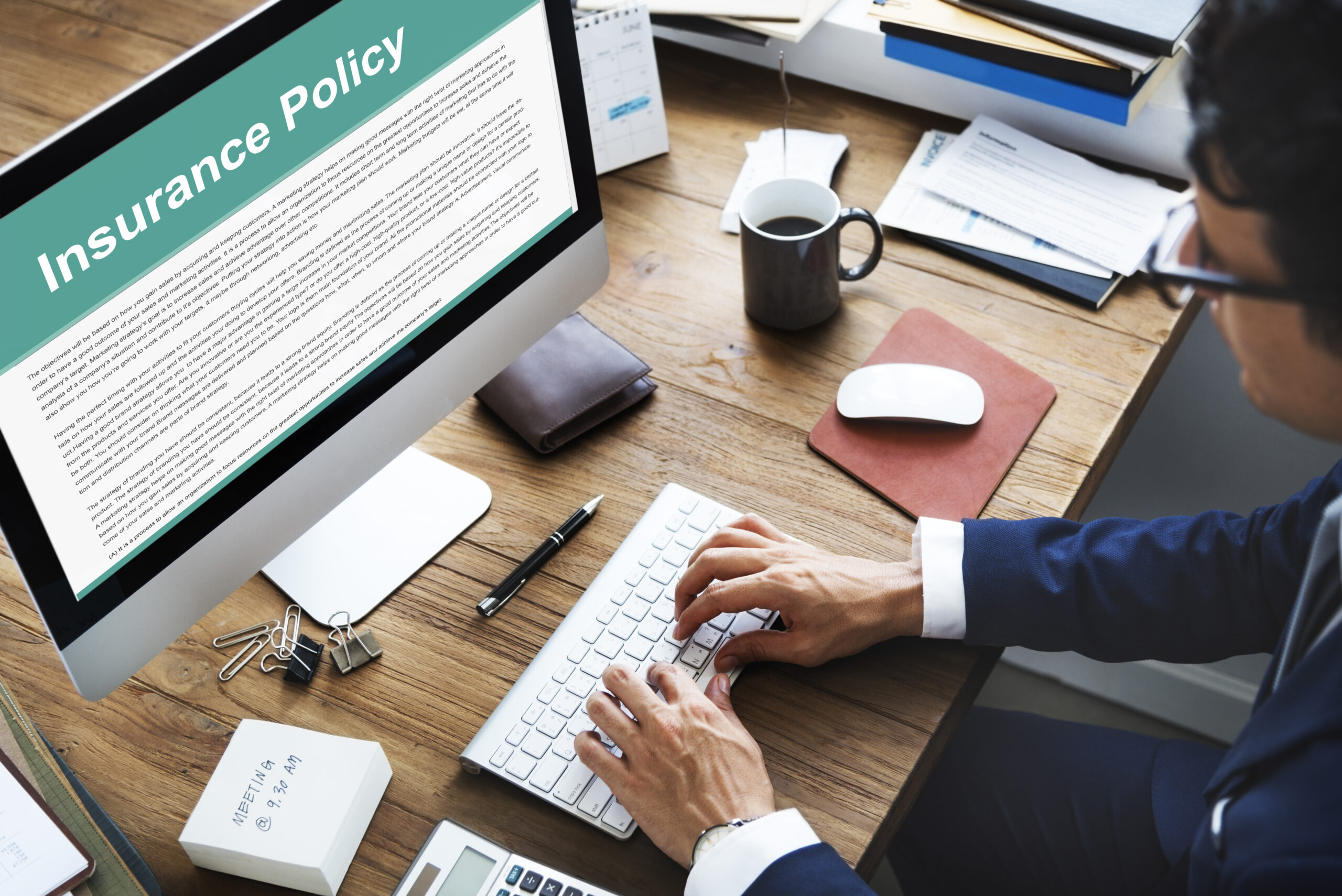
Churches are more than buildings; they are lifelines for spiritual, emotional, and physical support in their communities. But when natural disasters strike—be it floods, hurricanes, earthquakes, or wildfires—these sacred spaces are not immune. A well-prepared church not only protects its physical assets but also ensures it can continue serving the community during times of crisis. In this guide, we explore how churches can prepare for natural disasters and how the right insurance coverage from MinistrySure can make all the difference.
Understanding the Risk: Natural Disasters and Churches
No region is immune from natural disasters. Coastal areas face hurricanes, tornado-prone regions face high winds, and wildfires threaten arid landscapes. Even churches in seemingly low-risk areas can be affected by unexpected weather events or infrastructure failures.
Churches are particularly vulnerable due to:
- Older building construction
- Limited maintenance budgets
- Large open spaces (e.g., sanctuaries and gyms)
- Use as emergency shelters
Recognizing the risk is the first step in crafting a strong disaster readiness plan.
Common Natural Disasters Churches Should Prepare For
1. Floods
Heavy rain, broken levees, or flash flooding can severely damage lower levels and critical infrastructure like electrical systems.
2. Hurricanes and Tornadoes
These storms bring high winds and flying debris, capable of damaging roofs, windows, and even entire structures.
3. Earthquakes
Though less frequent in some regions, earthquakes can be catastrophic to old or unreinforced buildings.
4. Wildfires
Especially prevalent in dry areas, wildfires can spread quickly and unpredictably.
5. Severe Winter Storms
Ice and snow can cause roof collapse, burst pipes, and power outages.
Church Disaster Preparedness Checklist
Preparing for disasters doesn’t mean living in fear — it means being good stewards of your resources and congregation. Here’s a basic checklist:
1. Risk Assessment
- Identify likely threats based on geography
- Inspect buildings for vulnerabilities
2. Create a Disaster Response Plan
- Assign a disaster response team
- Designate evacuation routes and emergency exits
- Develop communication plans with members
3. Protect Physical Assets
- Keep copies of important documents in a fire- and waterproof safe
- Take a full inventory of church property
- Install surge protectors, fire extinguishers, and emergency lights
4. Emergency Supplies
- Maintain a stock of water, non-perishable food, first-aid kits, and flashlights
- Have backup power sources such as generators
5. Practice Regular Drills
- Fire and earthquake drills
- Review emergency plans annually
Insurance: Your Safety Net After the Storm
Even the best preparation can’t prevent all damage. That’s where church insurance from MinistrySure plays a vital role.
What Disaster-Related Insurance Typically Covers:
- Property Damage from wind, fire, hail, and more
- Flood Insurance (optional but essential in flood-prone areas)
- Business Interruption Insurance to cover lost donations and service income
- Liability Insurance if someone is injured on church grounds during a disaster
Not all policies are created equal. It’s crucial to understand your coverage and identify gaps.
Common Misconceptions About Disaster Coverage
- “My general property insurance covers floods.”
- Not necessarily. Flood insurance is often a separate policy.
- “Disasters never happen here.”
- Risk is everywhere. Even rare events can have devastating effects.
- “Our small church can’t afford insurance.”
- MinistrySure offers customized, affordable plans tailored for churches of all sizes.
To learn more about specific coverages, visit Church Insurance Explained.
Real-Life Scenarios: When Insurance Saved the Mission
Hurricane Hits Coastal Church
A Category 4 storm severely damaged the sanctuary and offices. With MinistrySure’s property and business interruption coverage, the church was able to rebuild and resume services within weeks.
Wildfire Near Rural Ministry
The blaze stopped short of the building, but smoke damage and temporary closure posed challenges. Insurance covered cleanup, HVAC replacement, and communication tools to keep the congregation connected.
MinistrySure’s Role in Disaster Recovery
At MinistrySure, we walk alongside ministries before, during, and after crises. Here’s how we help:
- Provide detailed risk assessments
- Customize insurance packages for geographic threats
- Offer claims support and fast response times
- Educate leadership teams on disaster readiness
Our mission is to protect your mission — and that includes ensuring continuity during emergencies.
Filing a Claim After a Natural Disaster
- Ensure Safety First
- Evacuate, assess injuries, and alert authorities
- Document the Damage
- Photos, videos, and written notes are crucial
- Notify MinistrySure Immediately
- Visit our Contact Page or call your advisor directly
- Meet with an Adjuster
- Walk through the property and review loss details
- Follow Through on Repairs
- Use licensed professionals and keep receipts
How to Begin Preparing Today
Here’s how to start your church’s disaster prep journey:
- Schedule a disaster risk consultation with MinistrySure
- Review your current insurance documents
- Update emergency plans and contact lists
- Consider adding or adjusting policies based on current risks
Final Thoughts: Preparedness is an Act of Faith
Preparing your church for natural disasters isn’t just smart—it’s a reflection of your care for your congregation and community. Disasters can strike at any time, but with thoughtful planning and reliable insurance from MinistrySure, your ministry can weather any storm.
Get in touch today to protect what matters most.





